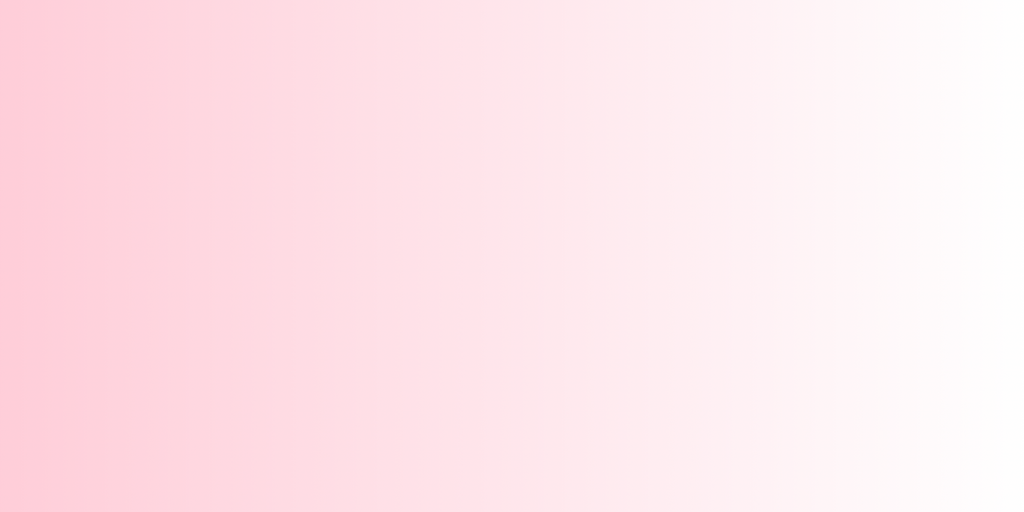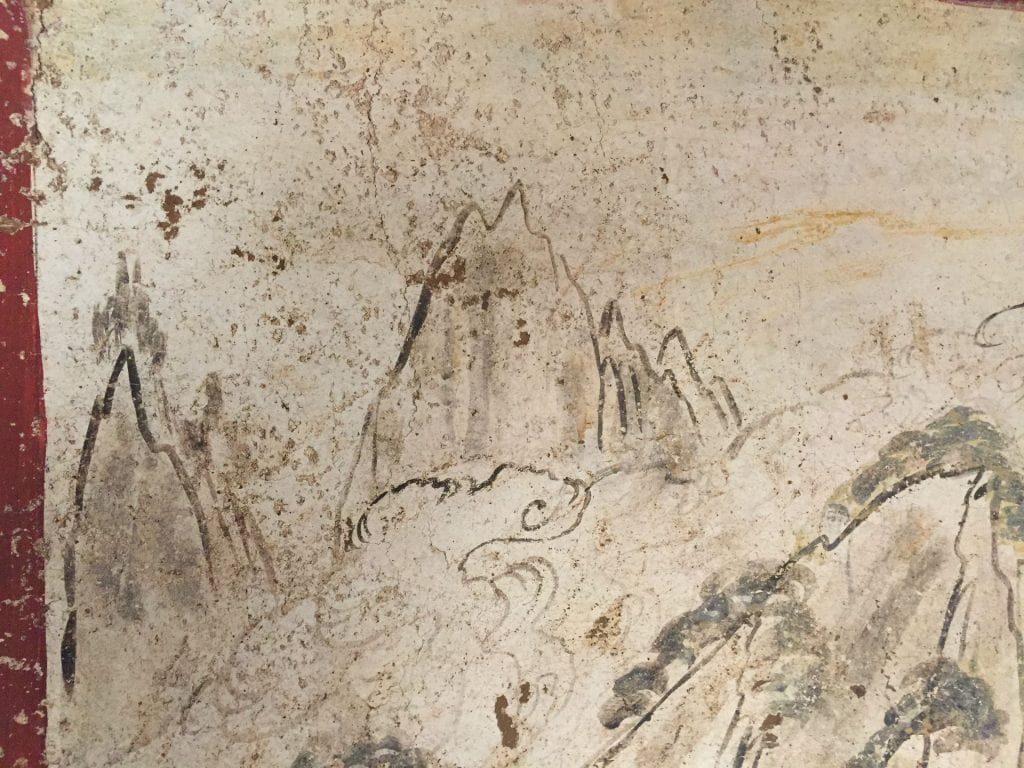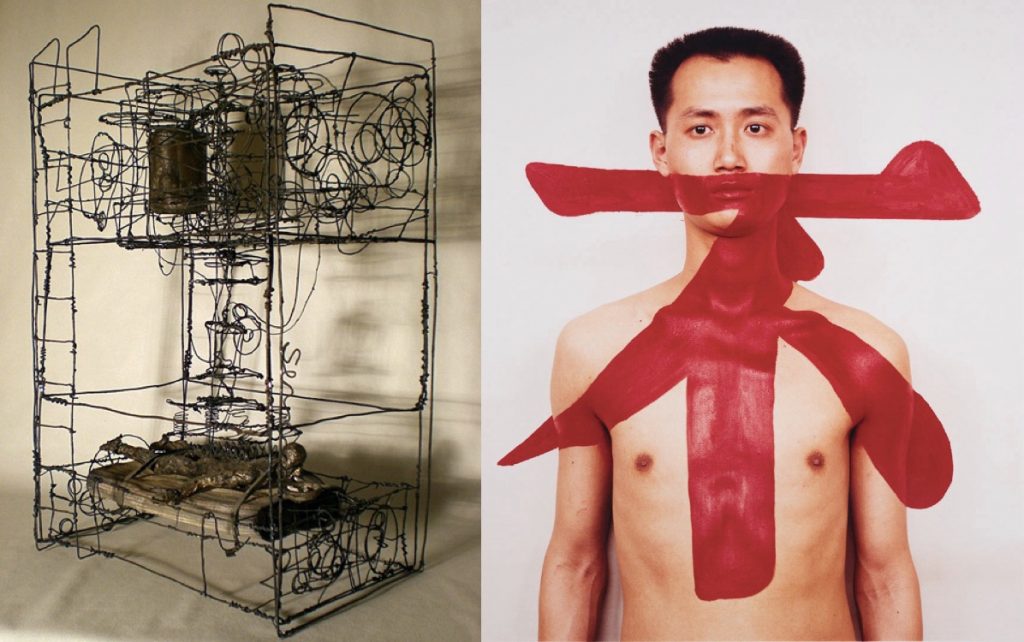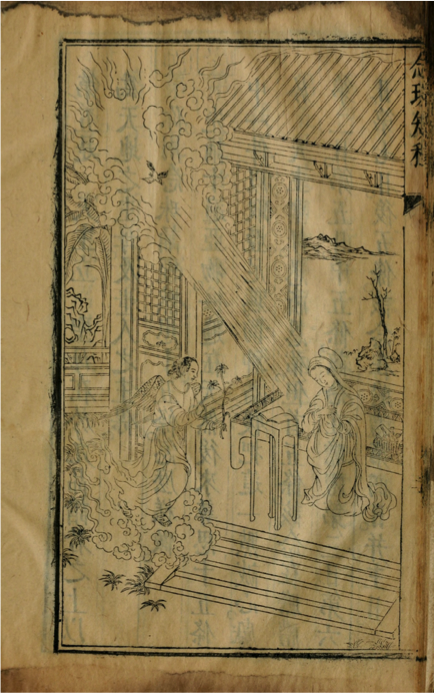Speaker: Alan Longino (PhD student, Department of Art History)
“Yutaka Matsuzawa and Looking Around Quantum Art“
Discussant: Orianna Cacchione (Curator of Global Contemporary Art, Smart Museum of Art)
Wednesday, November 18th 2020
4:45-6:45 pm, Zoom meeting (please find the registration link below)
Abstract:
Yutaka Matsuzawa (b. 1922 / d. 2006, Shimo Suwa) is considered a leading figure in postwar Japanese conceptual art. In 1988, he published his seminal Quantum Art Manifesto, considered as the most mature realization of his decades-long dedication and practice to the immaterial and invisible realm of images. In this talk, I look at both this manifesto and select works of the artist’s career that led to the culmination of the manifesto. I analyze these not only as a guide in understanding the practice of Matsuzawa but more as a primer for considering a world of images removed from the physical and temporal limitations of artistic practice. I apply this consideration to the content of our current and future world of increasingly high image and information saturation, and draw—like Matsuzawa—from sources as diverse as ethology, quantum physics and computing, and economics to highlight this relationship of Quantum Art to the experience of images today. In particular, this talk gives due credence to the legibility of memes and their data, the online communities which create them, and the complex relationships between identity, spirituality, and economics that they pursue, critique, and build anew. Towards the end, I return to Matsuzawa’s Quantum Art with the realization and hypothesis that art and the images produced today are, like the quantum state itself, thick with uncertainty in their form and that their existence is—to use a term shared by Matsuzawa and the founder of modern computer, Alan Turing—“telepathic” in nature. Finally, after considering the quantum state these telepathic images exist in, I bring up the issue that correlation may equal causation if we are to seriously consider the future of images and the manner in which their surplus information is
being conducted and manipulated.
Zoom Registration Link:
https://uchicago.zoom.us/meeting/register/tJEtdeygpjgqHNIsDsgj3tJk7dyAeKf7CuNz
++++++++++++++++++++++++++++
Alan Longino is a Ph.D. student studying postwar Japanese conceptual art and global contemporary art. His research considers a telepathic & post-verity mode of communication between information systems and image production. Previously, he co-curated the exhibition, Yutaka Matsuzawa, at Yale Union (2019, with Reiko Tomii), and re-published the artist’s 1988 manuscript, Quantum Art Manifesto, for the first time outside of Japan. He has contributed writing towards essay and exhibition texts for artists, museums, and galleries, and criticism of his has appeared in Heichi, Artforum, and the Haunt Journal of Art, UC Irvine. Alongside his academic research, Alan was a founding member of Wendy’s Subway, a library, writing space, and independent publisher in Brooklyn, NY, and has worked in galleries such as Jan Kaps, Cologne, and Miguel Abreu Gallery, New York.
Orianna Cacchione is currently the Curator of Global Contemporary Art at the Smart Museum of Art. Her curatorial practice is committed to expanding the canon of contemporary art to respond to the global circulations of art and ideas. At the Smart Museum, Cacchione has curated the exhibitions, The Allure of Matter: Material Art from China (with Wu Hung), which interrogated how materiality informs contemporary Chinese art; Samson Young: Silver moon or golden star, which will you buy of me?, the first solo exhibition of the Hong Kong-based sound artist in the United States; and Tang Chang: The Painting that Is Painted with Poetry Is Profoundly Beautiful, the first solo presentation of the pioneering abstract artist’s work outside of Thailand. She is currently developing an exhibition that considers Transpacific artistic exchanges, as well as editing a new volume with Professor Wei-Cheng Lin: The Allure of Matter: Materiality across Chinese Art. Prior to joining the Smart Museum, Cacchione was Curatorial Fellow for East Asian Contemporary Art in the Department of Modern and Contemporary Art at the Art Institute of Chicago, where she was responsible for expanding the museum’s collection of contemporary art from East Asia. Her work led to transformative acquisitions of artworks from China, Japan, South Korea, and Thailand. She also curated the exhibition, Zhang Peili: Record. Repeat., the first major presentation of the Chinese video artist at an American museum.
Cacchione’s scholarly research explores the transnational, cross-geographic flows of art and art history that characterize the global art world. She holds a PhD in Art History, Theory, and Criticism from the University of California, San Diego, a MA from Goldsmiths College and a BA from the University of Michigan. Her writing has been published in The Journal of Art Historiography, Yishu, and the Journal of Contemporary Chinese Art.









